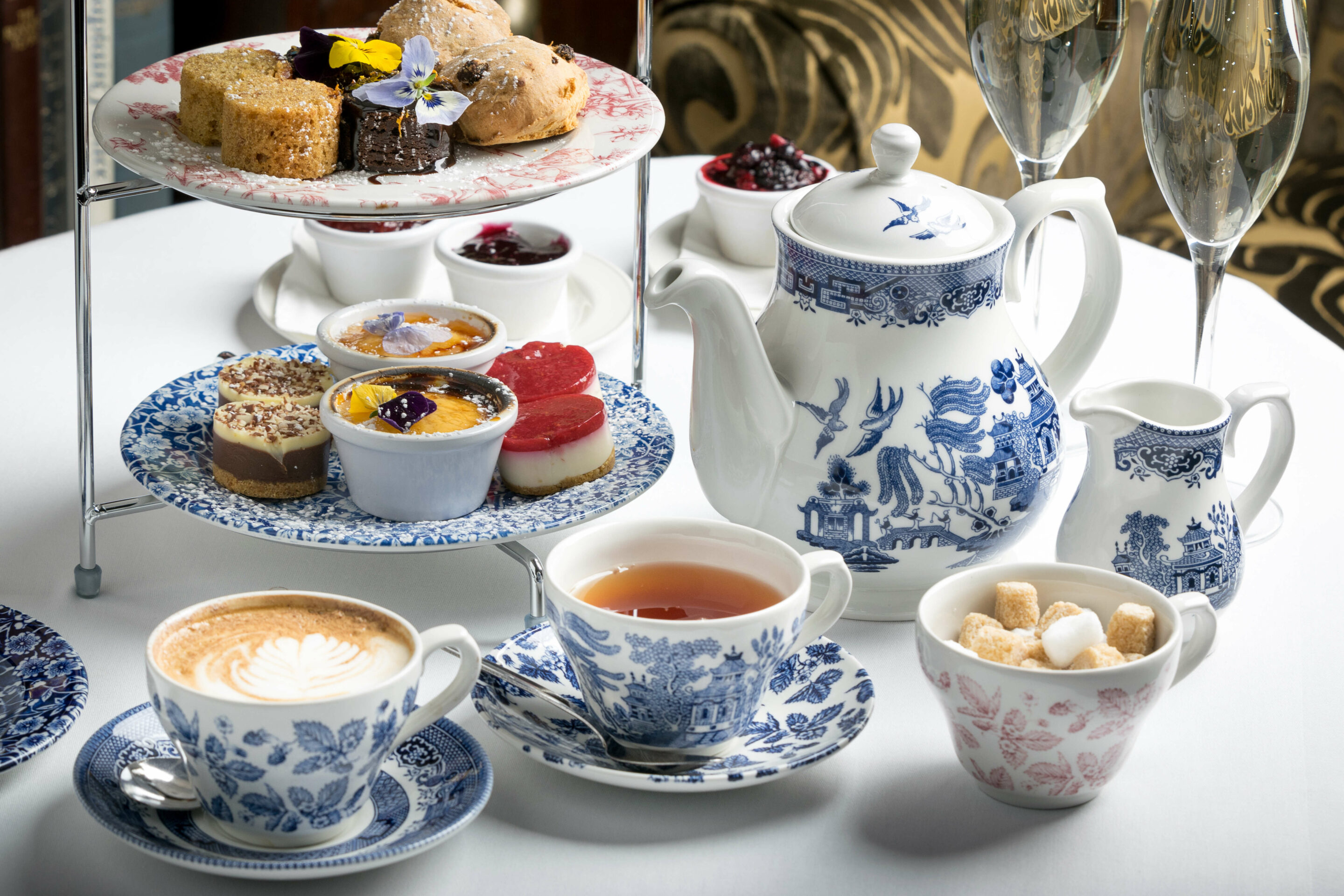Tea Traditions from Around the World
We’ll be taking a trip across the globe to discover some of the traditions of the top tea drinking countries. So grab yourself a brew and keep reading!
China

For centuries tea has played a prominent role in Chinese culture. China is an original producer of tea and has influenced many other countries with their tea drinking traditions.
There are many ways that tea is used within Chinese society. For example, tea is usually offered to guests, and they are expected to accept and take a sip of the tea as a sign of appreciation. Also, serving tea is a sign of respect to elders in families. Younger family members show respect for their older family members by offering them a cup of tea or inviting them to restaurants for tea.
Another significant tea tradition in China are tea ceremonies. These are quite common at weddings and other formal events. For example, at weddings, the bride and groom serve tea to their parents, in-laws, and other family members. This is done to symbolize the union of two families.
Japan

Tea was introduced to Japan in the 8th century from China. During the 13th century, tea was mostly enjoyed by the Japanese elite and samurais. But by the 16th century, drinking tea became popular among all classes.
One of the most common types of tea to have in Japan is matcha. This is a green tea that’s made by grinding young tea leaves into a bright green powder. Matcha tea is a big part of Japanese culture, as it symbolizes harmony, respect, and tranquility.
Similarly to China, a popular custom in Japan are tea ceremonies. The Japanese tea ceremony is a spiritual process, where guests seek harmony and inner peace. Everything done during the ceremony is done for the wellbeing and enjoyment of the guests.
India

India is the second largest producer of tea in the world. Although India’s tea traditions go back many centuries, it was British tea culture which helped it gain popularity.
Tea is known to be an important aspect of social gatherings and a symbol of hospitality. It is usually offered to guests as a welcoming gesture and often served during religious festivals and celebrations. Also, many people will stop for tea when out and about with friends and family.
One of the most well-known teas in India is masala chai. This is a spiced tea made with black tea leaves, milk, spices (such as cardamom, ginger, and cinnamon), and sweeteners. Masala chai is a popular street beverage enjoyed throughout the country.
Great Britain

Tea was first introduced to Great Britain in the 1600s, during the creation of the British East India Company. Tea is now associated with British culture and enjoyed frequently by people of all walks of life throughout the country.
There are a variety of tea traditions in Britain, here’s some of the popular ones:
Afternoon tea – Afternoon tea began in the 1800s among wealthy women and was introduced to fill the gap between lunch and dinner. Today, afternoon tea is a popular social activity which can be held at hotels, restaurants, and tea rooms.
High tea –high tea was used to refer to the evening meal for the working class after a long day. It would typically include food like meat, bread, vegetables, and of course hot tea!
Turkey

Tea in Turkey became popular in the 20th century as it was an alternative beverage to the more expensive coffee.
Turkish tea is usually prepared using black tea leaves and served very hot without milk, but lots of sugar cubes for sweetness! Traditional Turkish tea is prepared using a two-tiered teapot called a “Çaydanlik”. The lower section holds the boiling water, whilst the upper section contains the tea leaves. The tea is often served in delicate tulip-shaped glasses.
Turkish Tea Ceremonies are known as “çay kurabiyesi”. These ceremonies are held all over the country and give locals the opportunity to come together and speak about topics and daily life. They are a lovely way to experience Turkish culture as they often include lots of tasty Turkish snacks and traditional music.
For more of our articles, take a look at all our posts over on our blog homepage!
Related blogs
Top Tips for Play with Rhyme Time
Author: Alice Sharp Alice is nationally and internationally recognised as using a dynamic and innovative approach to children. She uses an experiential approach in her role as early childhood influencer, keynote speaker, mum and writer. She is waiting to uplift...
Top Tips for Play with Gems, Jewels and Sparkles!
Author: Alice Sharp Alice is nationally and internationally recognised as using a dynamic and innovative approach to children. She uses an experiential approach in her role as early childhood influencer, keynote speaker, mum and writer. She is waiting to uplift...
Ollie’s top 10 tips for setting up a new nursery
Setting up a new nursery is an exciting opportunity to create a space where young children can thrive, explore, and grow. Whether you're opening a brand-new setting or refreshing an existing one, thoughtful planning is key. Our very own Ollie the Owl shares his top 10...







